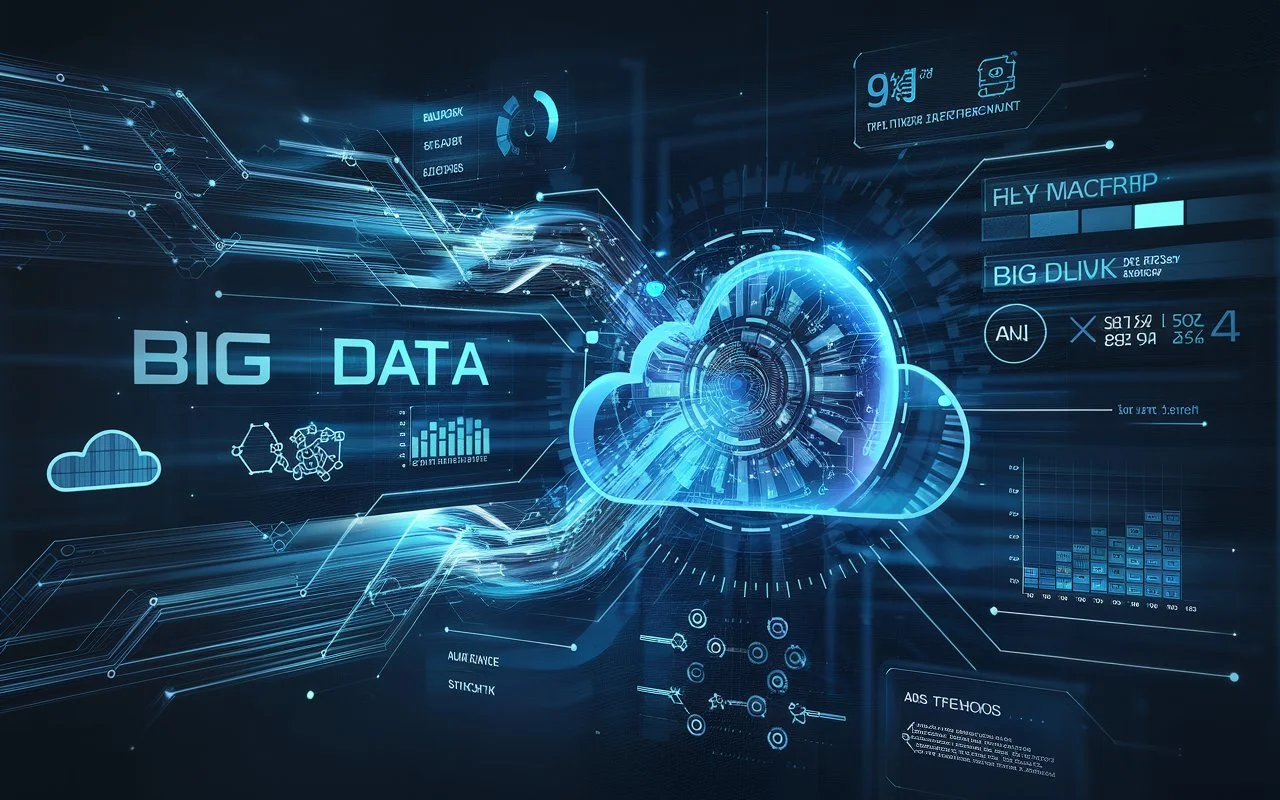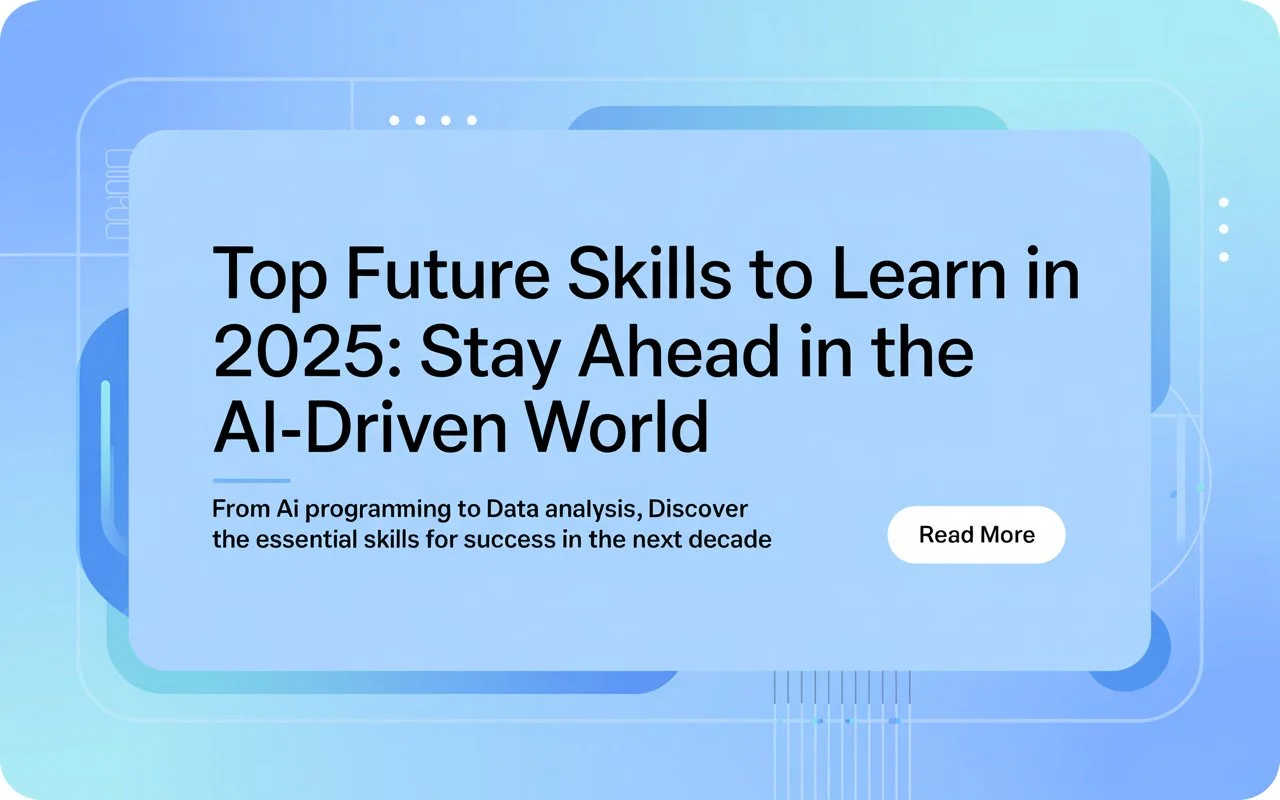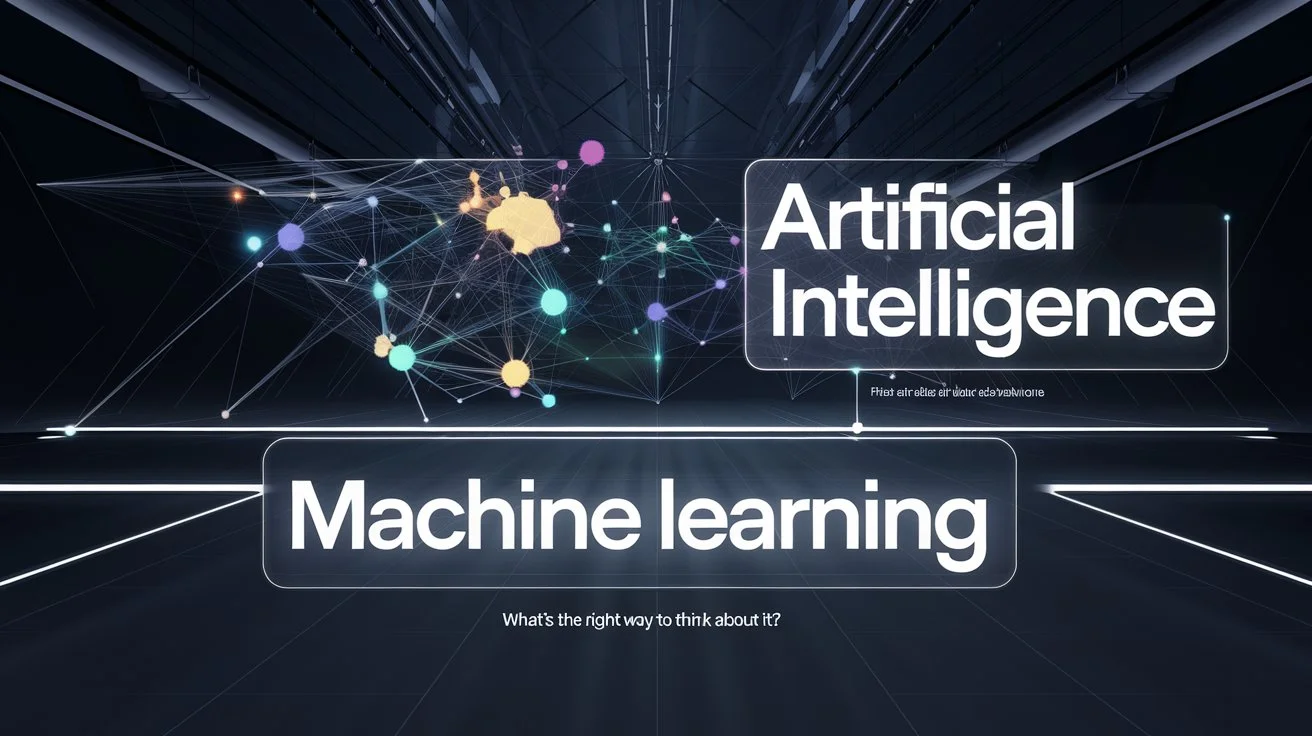
What is Big Data? A Beginner’s Guide to Concepts, Challenges, and Tools
In today’s hyper-connected digital world, data is being generated at an unprecedented rate. From browsing social media to shopping online, every click, swipe, and tap contributes to a massive and ever-growing pool of information. This explosion of data has given rise to a term you’ve probably heard frequently in recent years — Big Data.
But what exactly is Big Data? Why does it matter so much to businesses and technology professionals? And how do we manage such enormous volumes of information efficiently?
Let’s explore these questions and more in this beginner-friendly guide to Big Data — including its definition, use cases, challenges, and the cutting-edge tools used to process and analyse it.
What is Big Data?
At its core, Big Data refers to extremely large and complex datasets that traditional data processing software simply cannot handle efficiently. We’re talking about volumes of data so huge and varied that storing, analysing, and extracting value from them requires specialised techniques and technologies.
To put it into perspective, every day, approximately 2.5 quintillion bytes of data are created globally. That’s 2.5 followed by 18 zeroes! And this number is only increasing as more devices, sensors, and systems get connected online.

Where Is All This Data Coming From?
A decade or two ago, mobile phones were primarily used for calling and sending text messages. Today, smartphones are powerful mini-computers packed with apps for messaging, gaming, navigation, shopping, fitness tracking, and more. Each of these applications collects and transmits data continuously.
Some of the major sources of Big Data include:
- Social Media Platforms: Facebook, Twitter, LinkedIn, Instagram
- E-commerce Websites: Amazon, Flipkart, Myntra
- Streaming Services: Netflix, YouTube, Spotify
- IoT Devices: Smartwatches, fitness bands, home automation systems
- Financial Transactions: Online banking, digital payments
- Healthcare Systems: Electronic medical records, diagnostic devices
In short, nearly everything we do online or with connected devices contributes to the Big Data ecosystem.
Why Does Big Data Matter?
With so much data being generated, the natural question arises — why should we care?
Well, data is only as good as the value we derive from it. Businesses across sectors are realising that by applying data analytics to this stream of information, they can gain deep insights, improve decision-making, and offer better customer experiences.
For example:
- Amazon uses Big Data to recommend products based on past purchases and browsing behaviour.
- Netflix analyses viewer preferences to suggest content and decide what shows to produce next.
- Banks and insurance companies use data to detect fraud and assess risk more accurately.
The potential of Big Data lies in its ability to identify patterns, predict outcomes, and personalise services — all of which translate into competitive advantages.
The 3Vs of Big Data: Volume, Velocity, and Variety
When we talk about Big Data, we often refer to the 3Vs that define its key characteristics:
1. Volume
This refers to the sheer amount of data being generated. By 2020, the world had already created over 40 zettabytes of data (1 zettabyte = 1 billion terabytes). This data comes from human-generated sources like social media and videos, as well as machine-generated data from sensors, logs, and IoT devices.
2. Velocity
Velocity describes the speed at which data flows in from sources such as social media feeds, stock trading apps, or real-time traffic data. The faster the data arrives, the quicker it must be processed to be of value.
3. Variety
Data today is not just numbers and text. It comes in multiple formats:
- Structured (e.g., databases, spreadsheets)
- Semi-structured (e.g., XML, JSON files)
- Unstructured (e.g., videos, tweets, images)
Handling this diversity requires flexible storage and processing tools.
Also Read: Top Future Skills to Learn in 2025: Stay Ahead in the AI-Driven World

Popular Use Cases of Big Data
Big Data is not just a buzzword; it has real-world applications across industries. Let’s take a look at some of the most impactful use cases:
1. Internet of Things (IoT)
IoT devices generate continuous streams of data. For instance, sensors in smart factories monitor equipment health, predict failures, and optimise operations.
2. Customer 360° View
Enterprises now build dashboards that consolidate data from multiple touchpoints — social media, customer service calls, transaction history — to provide a complete view of the customer journey.
3. Healthcare Analytics
Hospitals and clinics use Big Data to analyse treatment patterns, monitor patient vitals in real time, and recommend personalised therapies.
4. Cybersecurity
By analysing traffic patterns and system logs, organisations can detect anomalies and prevent cyber threats proactively.
5. Data Warehouse Optimisation
Big Data tools help relieve traditional data warehouses by moving high-volume processing tasks to distributed computing systems.
Key Challenges in Big Data
Despite its potential, Big Data presents several challenges:
- Scalability: Storing and managing vast amounts of data requires scalable infrastructure.
- Real-time Processing: Delays in analysing data can lead to missed opportunities.
- Data Quality: Inconsistent, incomplete, or duplicate data can reduce analysis accuracy.
- Security and Privacy: Sensitive information must be protected from unauthorised access and breaches.
Traditional databases and software architectures struggle to meet these demands, which has led to the rise of a new generation of tools.
Also Read: Data science with Python
Big Data Tools and Technologies
The Big Data ecosystem is vast, with tools designed for every stage of the data lifecycle — from ingestion and storage to analysis and visualisation. Let’s explore the major categories:
1. Data Storage and Management
These tools store large datasets in scalable and distributed environments:
- NoSQL Databases: MongoDB, Cassandra, Neo4j, HBase
- Platforms: Hadoop, Microsoft HDInsight, Apache Zookeeper
2. Data Cleaning
Before analysis, data must be cleaned and formatted properly:
- Tools: Microsoft Excel, OpenRefine
3. Data Mining
These tools help uncover hidden patterns and correlations:
- Tools: Teradata, RapidMiner
4. Data Visualisation
Visual tools simplify the interpretation of complex data:
- Tools: Tableau, Plotly, IBM Watson Analytics
5. Data Reporting
These tools help generate reports and dashboards:
- Tool: Microsoft Power BI
6. Data Ingestion
They facilitate transferring raw data into processing systems:
- Tools: Apache Sqoop, Flume, Storm
7. Data Analysis
These tools help query, process, and analyse Big Data:
- Tools: Hive, Pig, MapReduce, Apache Spark
Benefits of Using Big Data Tools
The right set of Big Data tools can offer a multitude of advantages:
- Advanced Analytics: Implement powerful machine learning models and statistical algorithms.
- Scalability: Handle petabytes of data without performance issues.
- Flexibility: Work with structured, semi-structured, and unstructured data.
- Integration: Easily connect with cloud platforms, APIs, and other software systems.
- Visual Clarity: Represent insights in an intuitive, user-friendly manner.
Conclusion
Big Data is no longer a futuristic concept — it’s a present-day necessity for organisations aiming to stay competitive and innovative. Whether you’re a data analyst, software developer, or a business decision-maker, understanding the fundamentals of Big Data and its ecosystem is crucial.
With the right tools and strategies, businesses can unlock tremendous value from their data — leading to smarter decisions, efficient operations, and happier customers.
As India continues its digital transformation journey, the demand for professionals with Big Data expertise is only going to grow. So if you’re aspiring to work in the tech space, there’s no better time to dive into the world of Big Data.
Did you find this article insightful? Share it with your network and subscribe for more such content on emerging technologies, software development, and career insights!





